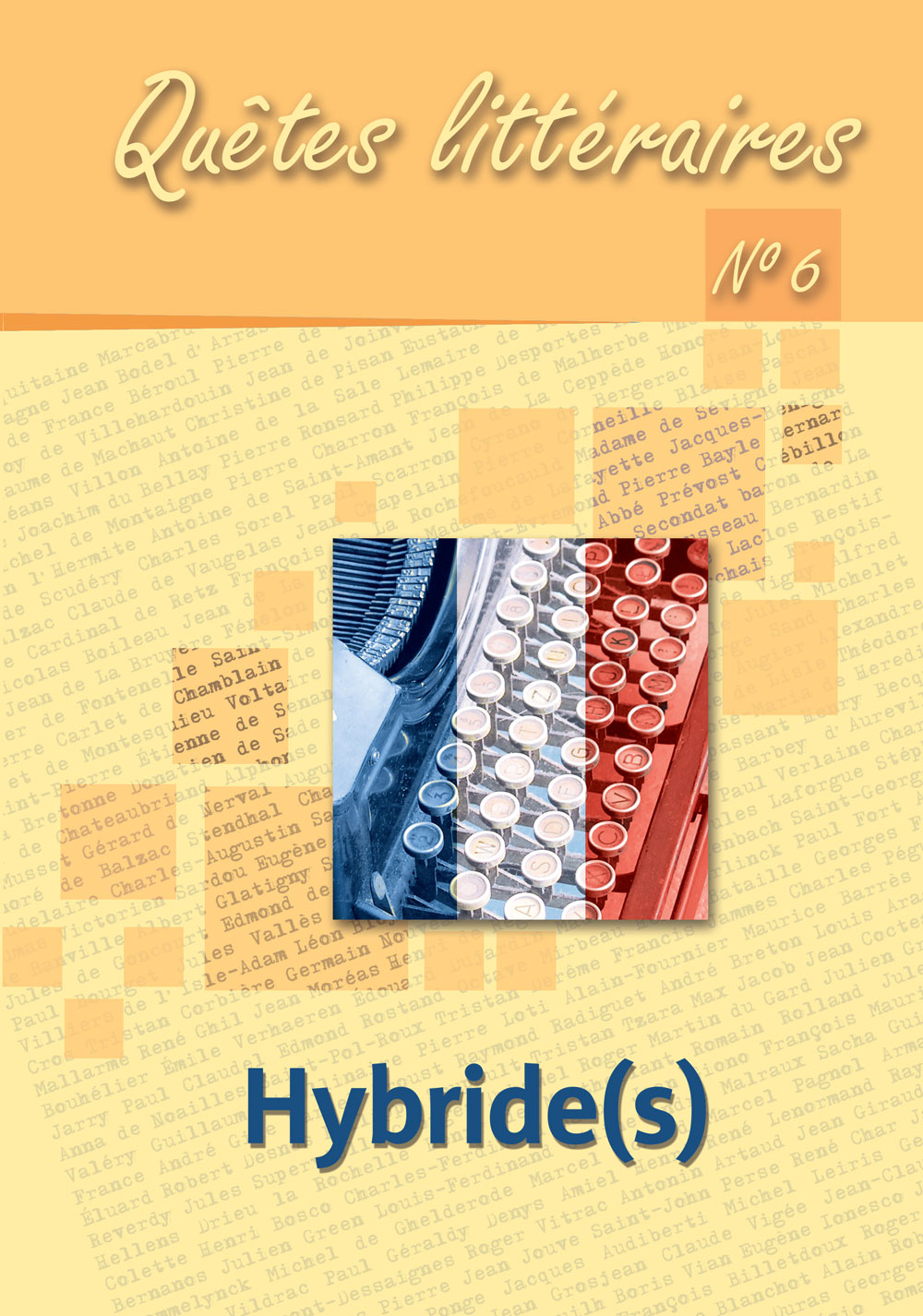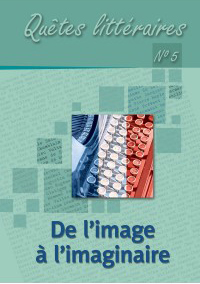
L’hybridité dans La Steppe rouge de J. Kessel : limite ou complémentarité ?
The Red Steppe of Joseph Kessel is a valuable work, insofar as it is mainly characterized by its generic hybridity. The six novellas oscillate between the biographical and autobiographical, between history and fiction, between the individual and the collective, between the current and the universal. A sort of juxtaposition and/or co-existence can be traced between the novella of Kessel and other literary genres such as the travelogue, the initiation story, the adventure story, the historical narrative and the fictional narrative. This interdiscursive report makes the historical text an open text, "a hybrid text."
More...
